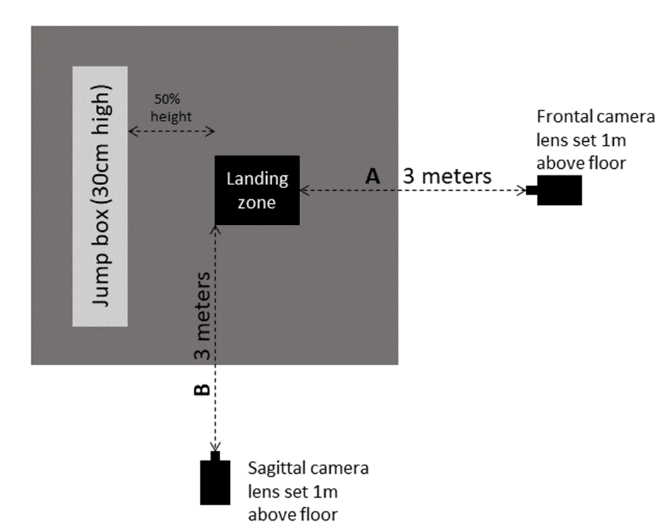Landing Error Scoring System (less) Test
Landing error scoring system (less) test. The α level was set a priori at. Padua et al 14 demonstrated that the LESS has concurrent validity using 3-dimensional motion analysis and that good interrater and intrarater reliability can be obtained. Participant scores from the jump-landing assessment for each group were also placed into the 4 defined LESS categories for group comparison using a Pearson χ 2 test.
A higher LESS score indicates a greater number of landing errors and therefore poorer jump landing technique. The Landing Error Scoring System LESS is a clinical tool often used in research and practice to identify athletes presenting high injury-risk biomechanical patterns during a jump-landing task. Allows for assessment of motion and biomechanics in the frontal and sagittal planes using real time observational analysis.
Allows for assessment of motion and biomechanics in the frontal and sagittal planes using video analysis. 1 2 3 1. Appendix Table A1 available in the online version of this article is a clinical assessment tool 40 often used in research to identify individuals at high risk of sustaining noncontact injuries and to quantify changes in neuromuscular and biomechanical performance subsequent to intervention across sports 141518 and performance levels.
The Landing Error Scoring System LESS is a clinical tool often used in research and practice to identify athletes presenting high injury-risk biomechanical patterns during a jump-landing task. 2017The test begins with a forward jump from a 30-cm-high box onto a target landing area which is placed at a distance equal to half of the participants height. The Landing Error Scoring System LESS is a clinical tool often used in research and practice to identify athletes presenting high injury-risk biomechanical patterns during a jump-landing task.
The Landing Error Scoring System LESS. The Landing Error Scoring System LESS is a valid and reliable clinical assessment tool of jump-landing biomechanics the JUMP-ACL study. The quality of the jump is usually evaluated using a three-dimensional 3-D motion analysis system or a two-dimensional 2-D video analysis visually rated by a clinician.
Error if NO 2. To systematically review the literature addressing the. Am J Sport Med.
LANDING ERROR SCORING SYSTEM LESS SAGGITAL VIEW. The soldiers performed the LESS-RT test in the same manner as described by Pointer et al.
1 2 3 1.
The Landing Error Scoring System LESS is a clinical tool often used in research and practice to identify athletes presenting high injury-risk biomechanical patterns during a jump-landing task. Overall the LESS score may effectively identify elite youth soccer athletes at higher risk of sustaining ACL injuries. Error if NO 2. Values were assigned to each trial using the LESS scoring criteria. The Landing Error Scoring System LESS is a reliable and valid clinical assessment tool that was developed to identify individuals at risk for lower extremity injuries. The landing error scoring system LESS assesses the quality of a landing after a jump. 1 2 3 1. The Landing Error Scoring System LESS is a valid and reliable clinical assessment tool of jump-landing biomechanics the JUMP-ACL study. The soldiers performed the LESS-RT test in the same manner as described by Pointer et al.
2017The test begins with a forward jump from a 30-cm-high box onto a target landing area which is placed at a distance equal to half of the participants height. To systematically review the literature addressing the. Participant scores from the jump-landing assessment for each group were also placed into the 4 defined LESS categories for group comparison using a Pearson χ 2 test. The Landing Error Scoring System LESS is a valid and reliable clinical assessment tool of jump-landing biomechanics the JUMP-ACL study. The Landing Error Scoring System LESS is a relatively easy-to-use assessment tool to analyse the biomechanics of the lower extremities in a landing and jumping task. As a reliable clinical screening tool it is described to offer the greatest value for the identification of individuals at risk of attaining non-contact ACL-injury 20. However both methods have disadvantages.



































Post a Comment for "Landing Error Scoring System (less) Test"